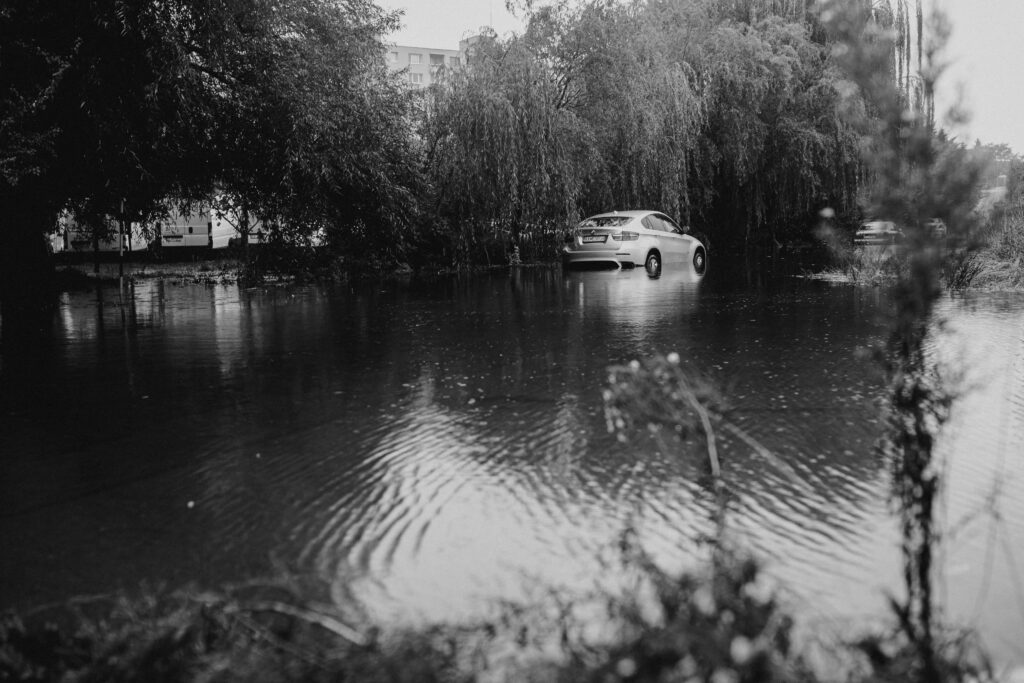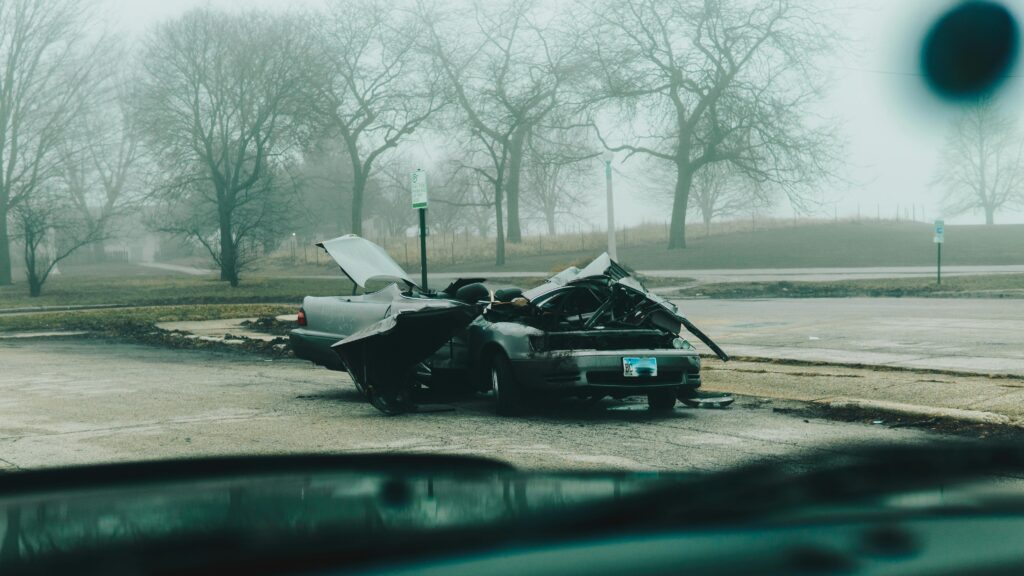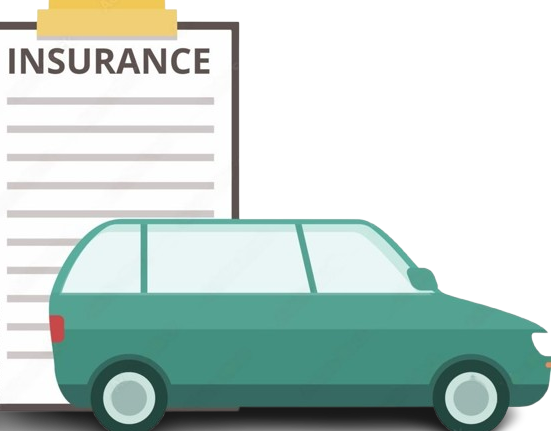Choosing the right auto insurance coverage
Choosing the right auto insurance coverage depends on your individual needs, driving habits, and budget. Here are some steps to help guide you through the process

1.Understand the Basic Types of Coverage
– Liability Coverage
Covers injuries or damages you cause to others in an accident. Most states require a minimum amount of liabil coverage.
– Collision Coverage
Pays for repairs to your car if you’re in an accident, regardless of fault.
– Comprehensive Coverage
Covers damage to your car from non-collision events like theft, weather, or vandalism.
– Personal Injury Protection (PIP)
Pays for medical expenses for you and your passengers, regardless of fault.
Choosing the right auto insurance coverage.
Protects you if you’re in an accident with a driver who doesn’t have sufficient insurance.
#2. Evaluate Your Personal Needs
– Your Car’s Value

Read also;
If your car is older or has low market value, comprehensive and collision insurance may not be worth the cost.
– Your Driving Habits
If you drive a lot, especially in high-traffic areas, higher coverage may be important.
– State Requirements
Ensure you meet the minimum legal requirements for liability coverage in your state.
3. Assess Your Financial Situation
Choose a deductible that matches your budget. A higher deductible lowers your premium but means more out-of-pocket expenses if you file a claim.
– Premiums
Balance the cost of premiums with the amount of coverage you need. Higher coverage means higher premiums but better protection.
Look for Discounts
Many insurance providers offer discounts, including:
– Multi-policy discounts (bundling auto and home insurance)
– Good driver discounts
– Low mileage discounts
– Safety features discounts (e.g., anti-theft devices)
5. *Around and Compare Quotes
Get quotes from multiple insurers to compare premiums, coverage options, and benefits. Each insurance company has different risk assessment models, so rates can vary significantly.
6. Consider Add-Ons or Optional Coverage
– Roadside Assistance
Offers help in case of breakdowns, flat tires, etc.
Covers the cost of a rental car while your car is being repaired after an accident.
– Gap Insurance
If you owe more on your car loan than the car’s value, gap insurance will cover the difference if your car is totaled.
7. Review Your Policy Regularly
Even after choosing a policy, review it annually to ensure it still meets your needs. Changes in your life (new car, moving to a different area, etc.) can affect your coverage needs.
Would you like help comparing specific coverage options or quotes?
